Rafah invasion: With defeat in sight, how can Netanyahu declare victory?
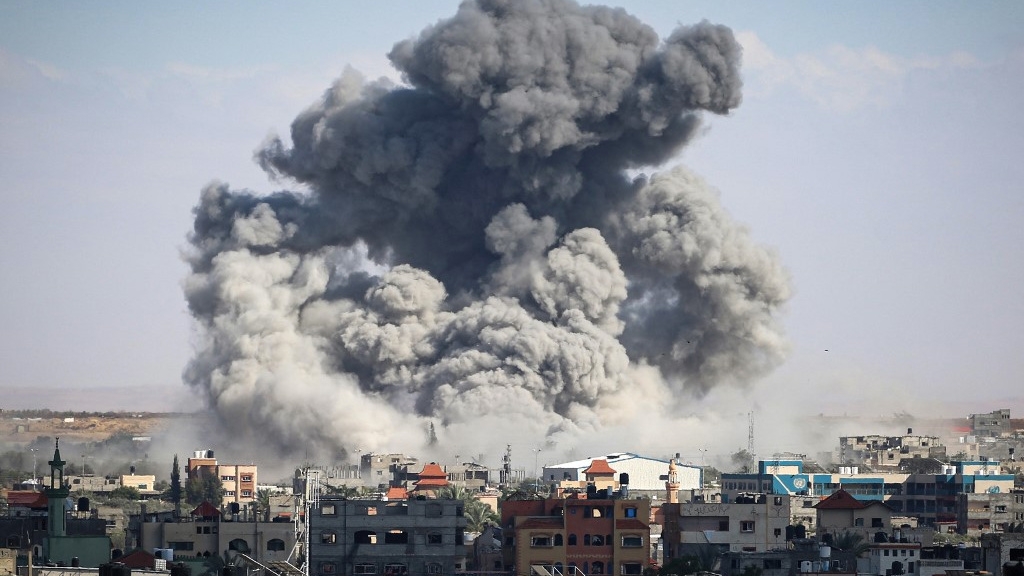
Was there a deal? Was it, as some in the US administration say, a Hamas counteroffer? Are there two offers on the table or a deal from which the US backed away after seeing Israel’s response?
This is the course of events that my sources with detailed knowledge of negotiations in Cairo and Doha gave me.
The Hamas delegation was in Cairo for some time. There was an initial paper to which Hamas gave its notes, as did the Israelis. But there was no agreement. Hamas decided to withdraw its delegation.
My sources tell me that the Hamas delegation was at the airport when Egypt came up with an offer that the group agreed to consider.
The delegation moved to Doha on Sunday. Hamas then announced that it would hold a meeting on Monday to consider the offer presented by the Egyptians and the Qataris.
CIA director Bill Burns followed the Hamas delegation from Cairo to Doha. He was in Cairo for two days and then moved to Doha. He was expected to travel to Israel but delayed his departure to wait for Hamas’s response on Monday.
There were two minor textual changes to the document that the Egyptians had sent to the Hamas delegation at the airport, but they were regarded as not crucial to reaching an agreement. Middle East Eye has seen both versions.
Washington's role
In the meantime, Israeli Prime Minister Benjamin Netanyahu became nervous about what the Egyptians and Qataris would do with the presence of Burns in both cities.
Netanyahu said Israel would proceed with the operation in Rafah regardless of whether there was agreement about a hostage and prisoner exchange.
Follow Middle East Eye's live coverage of the Israel-Palestine war
The Israeli government’s decision to close down Al Jazeera was another indicator of Israel’s rejection not just of the latest offer, but also of Doha’s role as mediator. But questions linger about Washington’s involvement in, or knowledge of, the deal sent to Hamas by Egypt and Qatar.
The English-language version of the offer sent to me clearly states that the guarantors of the agreement are Qatar, Egypt, the US, and the United Nations.
Hamas's confidence in being able to pursue this war is the one issue that neither the Israeli war cabinet nor Washington has publicly addressed
So did the US countersign the ceasefire deal that Hamas agreed to on Monday, or not? According to a source, “Burns was definitely not on holiday visiting Cairo’s casinos or going for a swim in Doha.”
National Security Council spokesperson John Kirby fudged the question, saying: “It’s safe to conclude that [the Hamas response] came as a result or at the end of these continued discussions that Director Burns was part of.”
But Kirby went on to say that the US was reviewing the response from Hamas, as if the offer the group signed had not been put to it by two other mediating governments, Egypt and Qatar - and as if the presence of Burns in both Cairo and Doha was purely that of an observer.
Divisions emerge
When it came, Hamas’s agreement to the latest version of the offer blindsided Israel. Everyone had been expecting Hamas to refuse it. Israel’s rejection was not a surprise.
What was surprising, however, was the involvement of the US in the deal that Israel rejected.
After Burns shuttled between Cairo and Doha, the agreement that emerged “was not a counter-response”, one source told me. “It was the Egyptian-Qatari paper, with the understanding that the US supported it with the personal presence of Burns.”
According to the AP news agency, an Egyptian official and a western diplomat said that the draft Hamas accepted contained only “minor changes in wording” from a version the US had earlier pushed for with Israeli approval, and that the changes were made in consultation with Burns, who embraced the draft before sending it to the Palestinian group.
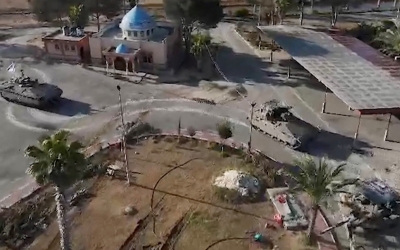
This speaks to the probability of divisions within the US administration, with the CIA supporting a deal from which other elements in the Biden administration backed away after Israel rejected it.
Either way, my sources said, Hamas does not regard this as their problem. “This was not the version of a ceasefire that they wanted,” one source told me. “They made concessions to get there, but they are not worried if this deal falls apart.”
He also gave a clear warning: “If this situation is not resolved, Hamas may take a decision not to participate in any negotiation until there is a ceasefire. Hamas is ready to continue to fight, until the Israelis realise they have to have a ceasefire.”
Hamas’s confidence in being able to pursue this war is the one issue that neither the Israeli war cabinet nor Washington has publicly addressed. If Hamas truly has its back to the wall, with only a few battalions left in its last holdout, Rafah, why is it acting so confidently? It continues to strike Israeli military targets, killing four soldiers and seriously wounding others in the Kerem Shalom area on Sunday.
'Four battalions left'
After seven months of bombardment that has reduced much of Gaza to rubble, how is it that Hamas has not been cowed into submission? The Israeli army has repeatedly said it has wiped out most of Hamas’s fighters, and that only four battalions are left within Rafah.
I put this to a source with knowledge of Hamas’s military capabilities. “Everywhere where the Israeli army withdraws, Hamas reappears: in the north, in the centre and in the south,” he replied. “Israeli troops occupy the Netzarim Corridor, but their checkpoints there are increasingly vulnerable, which is why they made an offer to withdraw from that line in negotiations.”
Some military experts in Israel agree and are prepared to break ranks. Reserve Major General Yitzhak Barik wrote in Maariv: “Bibi knows very well that we are in a militarily deadlocked situation … After the army took control of 80 percent of the Gaza Strip (except Rafah), it withdrew its forces from it because it had no other forces to replace them. The result was that Hamas returned en masse to all the areas left by the Israeli army and regained control over them.”
Neither recruitment nor explosives present any problems for the Qassam Brigades, the armed wing of Hamas, which is considered a terrorist group in the UK and other countries.
After initial opposition to Hamas’s 7 October attack in some quarters of Gaza, Palestinians of all factions have stood behind its fighters, as it became clear that Israel’s war presented an existential threat to Palestinians as a whole.
There is now a limitless supply of recruits for Hamas - tens of thousands - after seven months of fighting. This wave of wartime support overcomes a bitter history of political competition between Fatah and Hamas.
All of this leaves Hamas confident that it can face and survive any further attempts by Israeli ground forces to wipe it out
There is also a limitless supply of explosives. So many explosives have been dropped on Gaza since 7 October that it could take 14 years to clear the territory of unexploded bombs, UN expects said recently. To put that another way: with a failure rate of around 15 percent, the explosive material recovered from bombs and missiles that fail to go off could keep Hamas supplied for a long time to come.
Some explosives have already been recycled. Qassam said it used explosives and missiles from F16 fighters in an attack in the al-Mughraqa area of central Gaza. If police engineers could recover five tons of unexploded ordnance from Khan Younis and Rafah alone from air strikes in 2014 that lasted less than two months, how much more has been recovered from seven months of daily bombing?
The real obstacles
Hamas did face two concerted attempts to displace it as the government of Gaza, threats it took seriously. Both failed.
The first was an attempt in January by Israel to get clan leaders to divide Gaza into areas ruled by tribes, who would look after the civil administration of the Gaza Strip and have individual arrangements with Israel.
But long before it got to the level of the war cabinet, it was rejected by the tribes themselves, who stayed loyal to Hamas. “The occupying state seeks to cover up its failure in Gaza and create confusion and strife in Palestinian society,” Akef al-Masry, the commissioner-general of the Supreme Authority for Palestinian Tribes, said in a statement.
Masry called instead for an end to political divisions between Hamas and Fatah, noting that unified national leadership was needed “to strengthen the people’s steadfastness and to prevent opportunities for all the occupation’s plans”.
The second attempt was more serious. The plan was allegedly devised by Jordan, Egypt and Saudi Arabia, and implemented by Majed Faraj, the head of the Palestinian Authority (PA)’s intelligence apparatus - a man touted as a potential postwar administrator for Gaza by both Israeli Defence Minister Yoav Gallant and opposition leader Yair Lapid. A notable absentee was the United Arab Emirates, which is backing its own man, exiled Fatah baron Mohammed Dahlan, to return to Gaza.
Dozens of PA secret service operators infiltrated Gaza, disguised as security for aid convoys from the Egyptian border. Some of this group got as far north as al-Shifa hospital in Gaza City and allegedly provided intelligence to Israeli forces, leading to a raid on the facility. Most of the group stayed in Rafah, where they tried to set up a headquarters at the Palestinian Red Crescent building.
According to a source cited by Al Jazeera, 10 teams, each consisting of four people, boarded 10 trucks at the Rafah crossing to deliver aid to the Red Crescent.
The PA presence was revealed in the chaos that surrounded the trucks. When famished Palestinians stormed the trucks, members of Faraj’s security force drew their weapons; they were subsequently arrested and interrogated by Hamas. Four of the arrested officers have been identified. Trained in Jordan, delivered by the PA, the plotters came, as ever, unstuck in the reality of Gaza.
A bigger headache
All of this leaves Hamas confident that it can face and survive any further attempts by Israeli ground forces to wipe it out.
“Their confidence in continuing the resistance is high,” one of my sources said. “Israel tried to use the destruction it wreaked as a lever to force a surrender. But that destruction became a two-edged sword. It exposed Israel in an unprecedented way. Israel itself is now in trouble, not Hamas. Their support is the highest since the war started. And [US President] Joe Biden is starting to feel the heat. All of this is giving Hamas confidence in the way they are negotiating.”
There is no avoiding the fact that the forthcoming battle for Rafah will be a series of massacres, for which responsibility under international law will lie with Israel. The human price will be high.
If Israeli forces do to Rafah what they did to Khan Younis, Rafah will be levelled. Khan Younis was previously described as Hamas’s headquarters, but Israeli forces withdrew after more than four months of bombardment with nothing to show for their campaign, except the complete destruction of the city.
After Rafah undergoes the same treatment, Israel will still not have recovered the hostages who remain alive, nor will it have captured or killed Hamas’s leaders. Hamas is confident on both scores.
'Our entry into Rafah will completely destroy our relations with the countries of the world and with the Arab countries with which we have peace'
- Reserve Major General Yitzhak Barik
This point has been echoed by Barik: “Bibi also realises that entering Rafah will not bring anything. Rather, the opposite is true, as it will exacerbate the problem dozens of times. We will also be forced to leave Rafah after its occupation … Our entry into Rafah will completely destroy our relations with the countries of the world and with the Arab countries with which we have peace.
“This will have very difficult consequences, above all: isolating the State of Israel in the political and economic spheres and imposing the arms embargo that has already begun. Entering Rafah will not leave any kidnapped person alive, and we will have many victims.”
After Rafah, Netanyahu will have an even bigger headache than he has now: how to declare victory, when defeat is in sight.
The views expressed in this article belong to the author and do not necessarily reflect the editorial policy of Middle East Eye.
https://www.middleeasteye.net/opinion/rafah-attack-defeat-sight-how-can-netanyahu-declare-victory
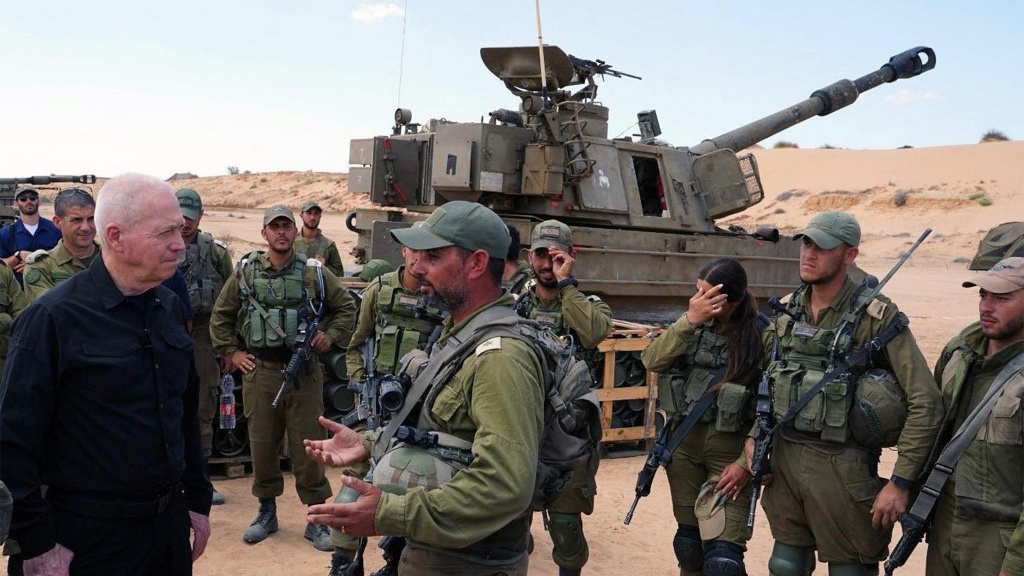
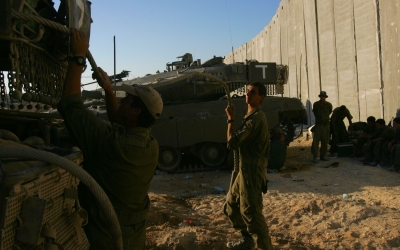
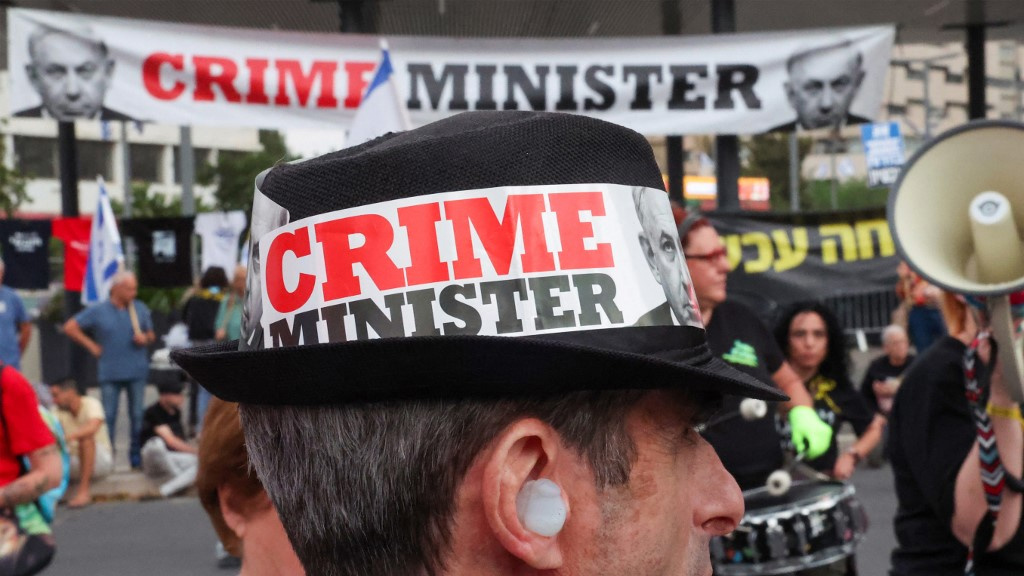

0 Comments:
Post a Comment
Subscribe to Post Comments [Atom]
<< Home